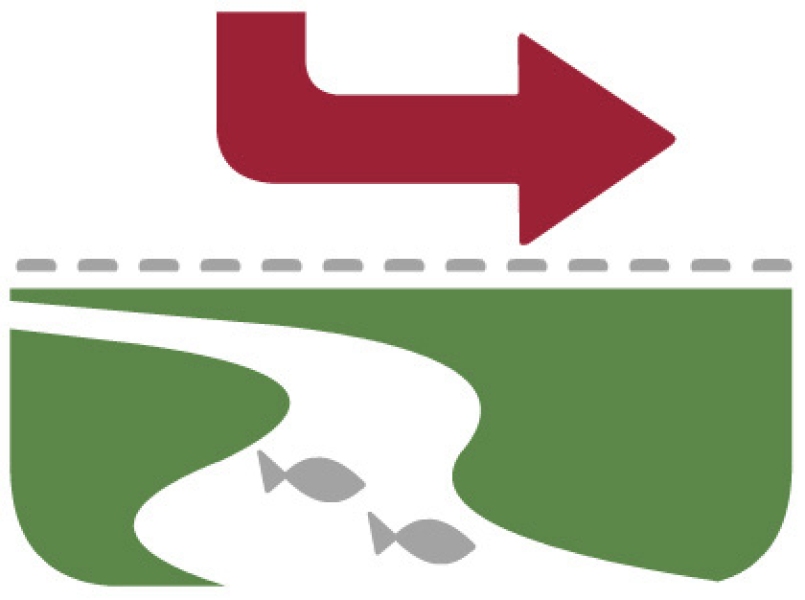Some simple steps to minimise the effects of horticultural activities on water quality and mahinga kai are outlined below.
Recommended good orchard management practices
To minimise impacts on water quality, riparian, and instream habitats orchard management practices are provided by the Ministry for the Environment.
Read 'Case Study 9: Orcharding and sustainable land and water management in Eves Valley, Nelson' (PDF 435 KB)
Some key mitigation measures include:
Pesticide use
- Minimising the need for pesticide applications by applying them only when needed, at times when they are most likely to be effective, and in recommended concentrations.
- Using, wherever possible, new-generation chemicals that have a high degree of target specificity, have low persistence in the environment, and are less inclined to be leached to groundwater or carried in surface runoff.
- Applying chemicals in conditions and with equipment that prevent spray drift and coverage of non-target plants and waterways.
- Avoiding, whenever possible, applying chemicals immediately prior to rain.
- Investigating alternative methods to the use of herbicides for the control of weeds and unwanted grass in the orchard.
Fertiliser use
- Applying only as much fertiliser as the crop can utilise.
- Using soil testing and foliage analysis to determine crop fertiliser needs.
- Applying fertiliser in split dressings to maximise plant utilisation and minimise losses to groundwater and streams.
- Avoiding applying fertiliser immediately prior to rain, on saturated soils, and during winter months when plants are not growing.
Water usage
- Avoiding excess water applications that could lead to surface runoff.
- Applying water at times and at rates equal to the needs of the particular crop.
Land and vegetation management
- Maintaining a sizeable buffer zone between the orchard edge and any stream, pond, lake, or wetland, and maintaining a thick cover of grasses or sedges in that zone to serve as a filter for water, fertiliser, sediment, and pesticide runoff.
- Maintaining a healthy grass sward between tree rows and at the end of rows as a filter.
- Avoiding excessive soil compaction that could promote surface runoff.

